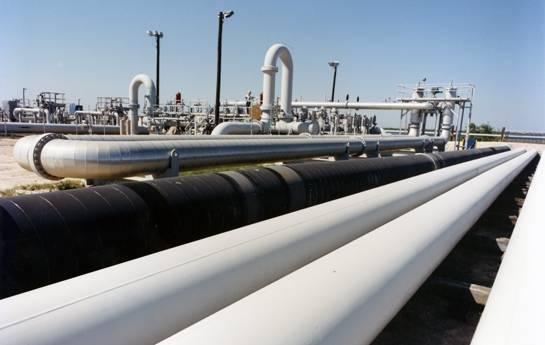
Last week, the White House released its proposal for the 2018 budget, which the Donald Trump administration claims is focused on deficit reduction. Among the many suggestions that could trigger opposition from Congress is the administration’s proposal to sell off half of the oil stored within the Strategic Petroleum Reserve (SPR).
The SPR was built over 40 years ago as a response to the 1973-1974 oil embargo, which OPEC launched in retaliation for America's support of Israel during the Yom Kippur War. Described by the U.S. Department of Energy as the world’s largest supply of emergency petroleum reserves, these underground salt caverns along the Gulf of Mexico can store up to 713.5 million barrels of oil.
The White House proposed selling about half of the reserve’s crude oil holdings over the next decade, which would total about 270 million barrels. Two of the Gulf storage sites would eventually be closed, a move that would shrink the SPR’s maximum capacity to 260 million barrels.
The Trump administration estimates the sale would generate $500 million in revenues next year and $16.6 billion over the next decade, which it says would help reduce the U.S. federal budget deficit. And as U.S. Office of Management and Budget Director Michael Mulvaney told the White House press corps last week, the U.S. won't need those reserves after the administration's plans to boost domestic production reduce the risk of being subjected to future oil shocks.
The administration faces several roadblocks to this massive sell-off. First, as Catherine Traywick and Jennifer Dlouhy of Bloomberg pointed out, the U.S. government by law must maintain a reserve of 450 million barrels. In addition, the International Energy Agency (IEA) has an agreement with its member countries, including the U.S., to maintain a 90-day emergency supply of oil.
Furthermore, despite the promise shown by electric vehicles, the reality is that oil is still integral to the American energy portfolio. Plenty of politicians, who have been spooked in the past by high oil prices after Hurricane Katrina, the 2008 commodities boom and the 2011 Arab Spring, will be eager to score political points and urge the Trump administration not to be lulled into a false sense of security over the three-year slump in oil prices. Then there is the question whether the $16.6 billion in deficit reduction is really worth it: The federal budget deficit for fiscal year 2017 is projected to reach $559 billion.
The energy industry, which includes companies that benefit from their sales to the SPR, will also have their say. Securing America’s Future Energy (SAFE), a group that supports an “all-of-the-above” energy policy, has warned that such a budget move could actually increase the risk that the U.S. economy would be exposed to international oil market disruption and could actually harm long-term energy security.
“While we’ve been lulled into a false sense of complacency by the current period of relatively low oil prices, disruptions and volatility in the oil market are alive and well,” Robbie Diamond, CEO of SAFE, said in a public statement. “The SPR is America’s only formal short-term line of defense against oil supply disruptions and price spikes.”
Of course, there is also the environmental impact that this oil could have it if were released and sold on the markets. Using the Environmental Protection Agency’s carbon emissions calculator, the amount of oil the Trump administration wishes to sell off would generate 116.1 million tons of carbon dioxide -- the equivalent of adding over 10 million cars to America’s roads for a year.
Image credit: Department of Energy

Leon Kaye has written for 3p since 2010 and become executive editor in 2018. His previous work includes writing for the Guardian as well as other online and print publications. In addition, he's worked in sales executive roles within technology and financial research companies, as well as for a public relations firm, for which he consulted with one of the globe’s leading sustainability initiatives. Currently living in Central California, he’s traveled to 70-plus countries and has lived and worked in South Korea, the United Arab Emirates and Uruguay.
Leon’s an alum of Fresno State, the University of Maryland, Baltimore County and the University of Southern California's Marshall Business School. He enjoys traveling abroad as well as exploring California’s Central Coast and the Sierra Nevadas.














